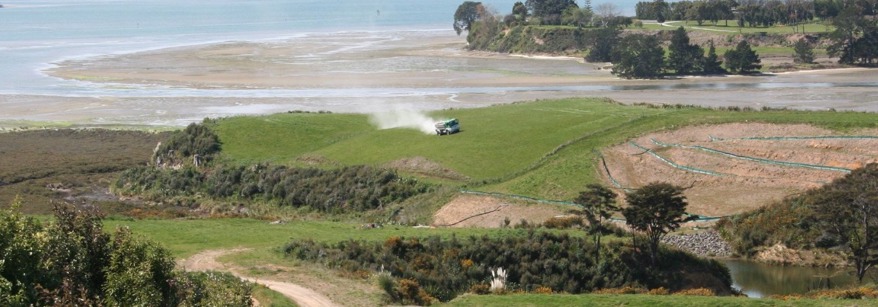A submission is a written statement of support or opposition to an advertised consent application.
The RMA is designed to ensure that there is opportunity for the public (or directly affected parties for limited notified applications) to participate in the management of our resources. When someone wants to do something which could have a significant effect on the environment there is an opportunity for the public or directly affected parties to have a say by making a submission.
Why should you make a submission?
Making a submission on an application is the most significant way for the public to influence the resource consent process. The hearing panel considers all submissions, and the number of submissions for or against a proposal is an important consideration.
How do you make a submission?
If you are considering making a submission on a resource consent application, you need to start by finding out as much as possible about the proposal and its effects. It is important to talk to the applicant about the proposal. This may even allay your concerns. You should also talk to the organisations or individuals who can provide technical information on the causes and consequences of effects and possible ways of reducing or avoiding any undesirable effects.
A submission should be concise, to the point and clearly state:
- Your reasons for making a submission.
- Whether you support or oppose the application.
- How the proposal affects the environment.
- Suggested alternatives to the proposed approach.
- How any adverse effects could be mitigated.
- The decision you wish the Bay of Plenty Regional Council to reach.
- Whether you wish to speak at any subsequent hearing.
- The conditions you feel should be imposed if the consent is granted.
All points made should be supported with adequate information. The closing date for submissions is always set out in the public notice which advertises the consent application. If a hearing is required you may need to pre-circulate your detailed evidence to all parties before the hearing. A failure to pre-circulate information could result in adjournments of the hearing committee and unnecessary time delays.
Can I appeal a resource consent?
If you disagree with our decision to grant a Resource Consent, submitters can appeal the decision within 15 working days of receiving notice of the decision if you are a submitter or the applicant. As a result the application will be reconsidered by the Environment Court.
Details on how to lodge an appeal are sent to all parties with the letter notifying the Council's decision. The Environment Court has the same status as a District Court and all parties are bound by its decisions. Appeals can be expensive and time consuming with no guarantee of a favourable outcome. If you are considering making an appeal you are strongly advised to seek legal advice first.


